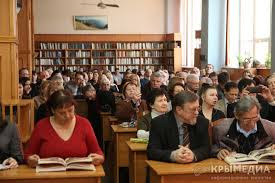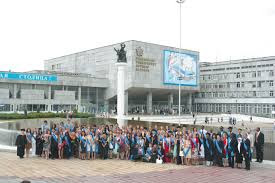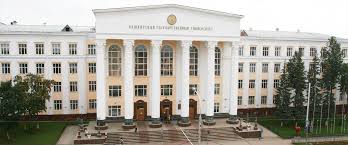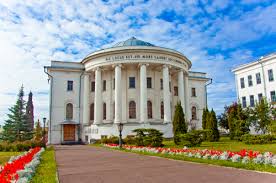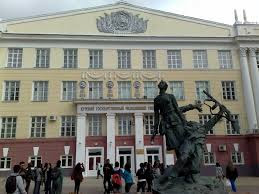The Volgograd State Medical University is one of the most
famous and highly reputable Higher Schools both in Russia and abroad. It is
proud of its highly-qualified teaching staff, advanced researchers and
experienced physicians whose names are world-famous. It is currently headed by
the prominent Russian scientist, Academician of the Russian Academy for Medical
Sciences, Professor Vladimir I. Petrov.
Professor Vladimir I. Petrov
Choosing this University means plentiful opportunities
for gaining professional expertise and career pursuit.
The University is accredited by the Russian Ministry for
Education for the teaching of both Russian and overseas students.
The University is also listed in the Directory of Higher
Medical Schools recognized by the World Health Organisation. It means that our
graduates can get a job at any country after passing national examinations if
necessary.
 Colleges and Departments of the University
Colleges and Departments of the University
College of General Medicine;
College of Dentistry;
College of Pediatrics;
College of Pharmacy;
College of Medical Biochemistry;
College of Social Work and Clinical Psychology;
Department for International Students;
College for Postgraduate and Continuous Education;
Department for Foundation Courses.
sisters of Mercy
Nowadays the University ranks very high among the medical
schools of the Russian Federation. Many scientists of the University are
world-famous owing to their great contribution to the theory and practice of
medicine. The University has been training international students since 1962.
Students from 113 states of the former Soviet Union, Europe, Asia, Latin
America, Africa have studied at our University. Over this period 3000
physicians, dentists and paediatricians and pharmacists have been trained for
foreign countries. Since 2000 the Volgograd State Medical University has got an
opportunity to teach foreign students in the English language.
About 70 overseas doctors are engaged in postgraduate
study at the University every year.
If you decide to study at the VolSMU, you will make the
right choice. The advantages of such a decision are:
wide range of possibilities;
the experienced and attentive faculties;
broad exposure to clinical practice;
reasonable tuition fees and hostel accommodation prices.







